Comments / Questions (88)
![]() Shanthi wrote:
Shanthi wrote:
Hi. Can you send me a video explaining the increase tip of the above pattern. Thank you. Awaiting your reply.
19.06.2024 - 12:44DROPS Design answered:
Dear Shanti, sure, you will find a video showing how to increase to saddle shoulder using this tip here. Happy knitting!
19.06.2024 - 16:21
![]() Jérôme wrote:
Jérôme wrote:
Greetings, Is there any way to know the height of the model in the picture and the size he is wearing? It would be nice to have this information for all your patterns. Regards.
18.03.2024 - 11:51DROPS Design answered:
Dear Jérôme, our models usually wear a size S or a size M but to find the best appropriate size, just measure a similar garment you have and like the shape, that's the best way to find out the matching size - read more here. Happy knitting!
18.03.2024 - 15:14
![]() RIBAULT Martine wrote:
RIBAULT Martine wrote:
Est-ce que ce modèle homme (taille M) peut être réalisé avec le fil KARISMA ? Si pas possible, quel le fil complémentaire que je pourrais travailler avec KARISMA, pour obtenir le même échantillon que celui des explications de ce modèle ? Merci pour votre réponse.
01.02.2024 - 18:40DROPS Design answered:
Bonjour Mme Ribault, ce pull est fait en Alaska, groupe de fils C mais Karisma appartient tau groupe de fils B, il vous faudrait donc entièrement recalculer les explications pour pouvoir le tricoter en Karisma; vous trouverez des pulls homme que vous pouvez réaliser en Karisma (utilisez le convertisseur si besoin). Bon tricot!
02.02.2024 - 08:04
![]() Grandet wrote:
Grandet wrote:
Bonjour. Quand je tricote les épaules, peu importe la façon d'augmenter les mailles, les côtés (dos et devant) justes près de l'épaule ne se mettent pas à plat, représentent comme des vagues, comme s'il y avait plus de matière. comment éviter cela? Merci beaucoup pour votre aide et désolée pour ma question un peu tordue.
24.12.2023 - 09:19DROPS Design answered:
Bonjour Mme Grandet, est-ce que cette vidéoDROPS Workshop. Bon tricot!
02.01.2024 - 08:07
![]() Laura wrote:
Laura wrote:
Vorrei realizzare questo modello in Baby Merino e Kid Silk. Ho visto il convertitore verso Baby Merino, ma non so se sto facendo i conti correttamente quando poi divido i gomitoli fra i due filati. Dai 700 g di Alaska arrivo a 600 di Baby Merino (usato doppio), il che significherebbe, usando il filato singolo... quanti gomitoli di Baby Merino e quanti di Kid Silk? Grazie!!
19.12.2023 - 22:37DROPS Design answered:
Buongiormo Laura, 700 g di Alaska corrispondono a 980m: deve raggiungere la stessa metratura per entrambi i filati se li vuole usare singoli, quindi 980m/170m sono circa 6 gomitoli di Baby Merino e 980m/210m corrispondono a circa 5 gomitoli di Kid-Silk. Buon lavoro!
21.12.2023 - 08:11
![]() Nel wrote:
Nel wrote:
Mooie trui maar heel jammer dat er geen verkorte toeren in het rugpand gebreid worden. De trui valt nu aan de voorkant echt niet mooi en het zit ook niet fijn.
01.12.2023 - 16:09
![]() Mira wrote:
Mira wrote:
Hello, Although I got the original Alaska yarn suggested for this pattern and I'm not a tight or loose knitter, my gauge is 14 x 20 instead of 17 x 22 on 5mm needles. I don't want to change to a smaller needle because the fabric on my swatch is already nice and firm, the person I'm knitting this for is in accordance with size M of this pattern, do you think I can go one size down and knit size S? My math calculations shows 10 cm bigger difference even if I knit size S.
03.08.2023 - 08:59DROPS Design answered:
Dear Mira, 17 sts x 22 rows with needle size 5 mm is a usual tension for Alaska - you might try with smaller needles to be sure to get the correct tension as well as correct texture - note that the width but also the height is important to such patterns. If you want to keep your own tension, check thoroughly that the pattern will match the finished measurements with your own tension. Happy knitting!
03.08.2023 - 14:21
![]() Sólrún wrote:
Sólrún wrote:
Hey DROPS Team! I’m knitting a size M and according to the pattern I have to increase every other round, 16 times in total and it says that the piece should measure 7cm after that. Im on round 12 now and the piece already measures 19cm measured from the neck (where I changed from 4mm to 5mm). I don’t knit particularly loose so I’m wondering if I’m misunderstanding the pattern? Is it just 8 rounds of increases and then 8 rounds of knit one round=16? I’d appreciate any help!
19.05.2023 - 00:34DROPS Design answered:
Dear Sólrún, remember to check and keep the correct tension in width but also in height; if you have 22 rows = 10 cm, then the 16 increase rounds for saddle shoulder should measure approx. 7cm from the marker inserted mid back, ie after neck edge (just before inserting markers). Happy knitting!
19.05.2023 - 08:51
![]() Cristina Borghetti wrote:
Cristina Borghetti wrote:
Buongiorno, In che modo posso ottenere uno scollo più accentuato davanti evitando la piega che si forma?
15.05.2023 - 17:20DROPS Design answered:
Buonasera Cristina, per un aiuto così personalizzato può rivolgersi al suo rivenditore DROPS di fiducia. Buon lavoro!
15.05.2023 - 21:38
![]() Sunny wrote:
Sunny wrote:
Hey! I’m confused by which size I need to make. The bust circumference of the person I’m knitting for is 95-100cm. According to the measurement I would then knit size XXL, is that correct? Seems like a lot for a normal size guy, do the patterns run large?
09.05.2023 - 19:35DROPS Design answered:
Dear Sunny! Measurements of the finished garment are given at the end of the pattern in cm. Please add around 5 cm easy for your bust circumference for a fitted jumper or more for a loose jumper. So in your case choose size M for a fitted jumper or bigger for a loose jumper. But make sure you check your knitting tension as well! Hope it helps!
09.05.2023 - 22:20
Urban Forest#urbanforestsweater |
|||||||||||||
 |
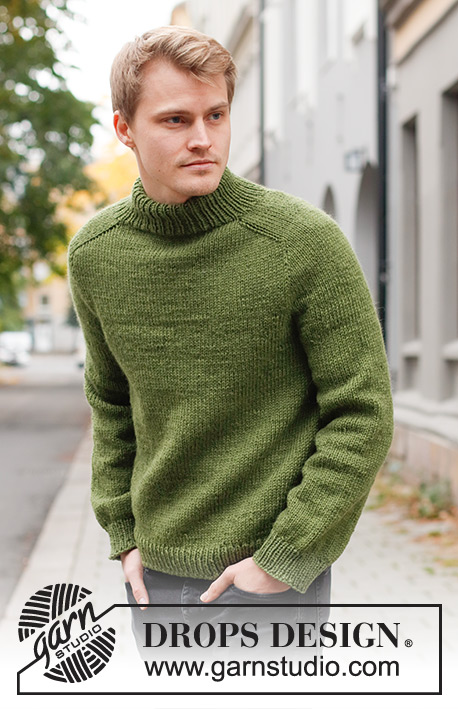 |
||||||||||||
Knitted sweater for men in DROPS Alaska. The piece is worked top down, with double neck and saddle shoulders. Sizes S - XXXL.
DROPS 219-16 |
|||||||||||||
|
------------------------------------------------------- EXPLANATIONS FOR THE PATTERN: ------------------------------------------------------- INCREASE/DECREASE TIP (evenly spaced): To work out how to increase/decrease evenly, count the total number of stitches on needle (e.g. 78 stitches), and divide by the number of increases/decreases to be made (e.g. 22) = 3.5. In this example, increase by making 1 yarn over after alternately each 3rd and 4th stitch. On the next round work the yarn overs twisted to avoid holes. When decreasing, knit together alternately each 2nd and 3rd stitch and each 3rd and 4th stitch. INCREASE TIP: BEFORE MARKER: The new stitch twists to the right. Use the left needle to pick up the strand between 2 stitches from the previous round; pick up the back strand and knit in the front loop. AFTER MARKER: The new stitch twists to the left. Use the left needle to pick up the strand between 2 stitches from the previous round; pick up the front strand and knit in the back loop. DECREASE TIP (for sleeves): Decrease 1 stitch on either side of the marker thread as follows: Work until there are 3 stitches left before the marker thread, knit 2 together, knit 2 (marker thread sits between these 2 stitches), slip 1 stitch as if to knit, knit 1 and pass the slipped stitch over the knitted stitch. BINDING-OFF TIP: To avoid the bind-off edge being tight you can bind off with a larger size needle. If the edge is still tight, make 1 yarn over after approx. each 4th stitch at the same time as binding off; the yarn overs are bind off as normal stitches. ------------------------------------------------------- START THE PIECE HERE: ------------------------------------------------------- SWEATER – SHORT OVERVIEW OF THE PIECE: The neck and yoke are worked in the round with circular needle, top down from mid back. The yoke is divided for body and sleeves and the body continued in the round with circular needle. The sleeves are worked in the round with short circular needle/double pointed needles, top down. NECK: Cast on 78-82-88-92-98-102 stitches with circular needle size 4 mm = US 6 and Alaska. Knit 1 round, then work rib (knit 1, purl 1) in the round for 14½ cm = 5⅝". Knit 1 round where you increase 22-22-32-32-34-38 stitches evenly spaced – read INCREASE/DECREASE TIP = 100-104-120-124-132-140 stitches. Change to circular needle size 5 mm = US 8. YOKE: Insert a marker at the beginning of the round (= mid-back) – THE PIECE IS MEASURED FROM HERE! In addition, insert 4 new markers as described below – without working the stitches and inserting the markers between 2 stitches. Marker 1: Start mid-back, count 17-18-20-21-21-23 stitches (= ½ back piece), insert marker before the next stitch. Marker 2: Count 16-16-20-20-24-24 stitches from marker 1 (= shoulder), insert marker before the next stitch. Marker 3: Count 34-36-40-42-42-46 stitches from marker 2 (= front piece), insert marker before the next stitch. Marker 4: Count 16-16-20-20-24-24 stitches from marker 3 (= shoulder), insert marker before the next stitch. There are 17-18-20-21-21-23 stitches left on the back piece after marker 4. Allow the markers to follow your work onwards; they are used when increasing for the shoulders. INCREASES FOR SADDLE SHOULDERS: Work stockinette stitch in the round. AT THE SAME TIME, on the first round, increase 4 stitches for the shoulders as follows: Increase BEFORE markers 1 and 3 and increase AFTER markers 2 and 4 – read INCREASE TIP. Here you are only increasing on the front and back pieces and the number of shoulder stitches remains the same. Increase like this every round a total of 14-16-16-18-20-22 times = 156-168-184-196-212-228 stitches. REMEMBER THE KNITTING GAUGE! After the last increase the piece measures approx. 6-7-7-8-9-10 cm = 2⅜"-2¾"-2¾"-3⅛"-3½"-4" from the marker on the neck. Now increase for the sleeves as follows. INCREASES FOR SLEEVES: Work stockinette stitch in the round. AT THE SAME TIME, on the next round, increase 4 stitches for the sleeves as follows: Increase AFTER markers 1 and 3 and increase BEFORE markers 2 and 4 – remember INCREASE TIP. Here you are only increasing on the shoulders and the number of stitches on the front and back pieces remains the same. Increase like this every 2nd round a total of 11-13-13-15-12-12 times = 200-220-236-256-260-276 stitches. The piece should now measure 16-19-19-22-20-21 cm = 6¼"-7½"-7½"-8¾"-8"-8¼" from the marker on the neck. In size S continue working until the piece measures 17 cm = 6¾". If the length is shorter than the above in sizes M, L, XL, XXL and XXXL, continue to the correct length without further increases. Now increase for the yoke as described below. INCREASES FOR YOKE: Move the 4 markers so each marker sits in the outermost sleeve stitches on each side. There are 36-40-44-48-46-46 stitches between the marker-stitches on each sleeve. On the next round, increase 8 stitches for the yoke by increasing on both sides of all 4 marker-stitches – remember INCREASE TIP. Here you increase on the front and back pieces and on the sleeves; the increased stitches are worked in stockinette stitch. Increase like this every 2nd round a total of 4-4-6-6-8-10 times = 232-252-284-304-324-356 stitches. When all the increases are finished, the piece should measure 21-23-24-27-27-30 cm = 8¼"-9"-9½"-10⅝"-10⅝"-11¾". If the length is shorter than this, continue working to the correct length without further increases. Now divide the yoke for the body and sleeves on the next round as follows: Work the first 35-38-42-45-49-55 stitches (= ½ back piece), place the next 46-50-58-62-64-68 stitches on a thread for the sleeve, cast on 12-12-12-14-14-14 new stitches on the needle (= in side under sleeve), work the next 70-76-84-90-98-110 stitches (= front piece), place the next 46-50-58-62-64-68 stitches on a thread for the sleeve, cast on 12-12-12-14-14-14 new stitches on the needle (= in side under sleeve) and work the last 35-38-42-45-49-55 stitches (= ½ back piece). Body and sleeves are finished separately. THE PIECE IS NOW MEASURED FROM HERE. BODY: = 164-176-192-208-224-248 stitches. Work stockinette stitch in the round. When the piece measures 29-29-29-28-29-28 cm = 11⅜"-11⅜"-11⅜"-11"-11⅜"-11" from the division, increase 16-18-20-20-22-26 stitches evenly spaced = 180-194-212-228-246-274 stitches. Change to circular needle size 4 mm = US 6 and work rib (knit 1, purl 1) for 5 cm = 2". Bind off with knit over knit and purl over purl – read BINDING-OFF TIP. The sweater measures approx. 60-62-64-66-68-70 cm = 23⅝"-24⅜"-25¼"-26"-26¾"-27½" from the shoulder down. SLEEVE: Place the 46-50-58-62-64-68 stitches from the thread on the one side of the piece on double pointed needles/short circular needle size 5 mm = US 8 and knit up 1 stitch in each of the 12-12-12-14-14-14 stitches cast on under the sleeve = 58-62-70-76-78-82 stitches. Insert a marker in the middle of the new stitches under the sleeve. Work stockinette stitch in the round. When the sleeve measures 4 cm = 1½" from the division, decrease 1 stitch on each side of the marker – read DECREASE TIP. Decrease like this every 11-6-3½-3-3-2½ cm = 4⅜"-2⅜"-1¼"-1⅛"-1⅛"-1" a total of 4-6-9-11-11-13 times = 50-50-52-54-56-56 stitches. Continue working until the sleeve measures 41-39-39-37-38-36 cm = 16⅛"-15¼"-15¼"-14½"-15"-14¼" from the division. Knit 1 round where you decrease 10-8-8-8-10-8 stitches evenly spaced = 40-42-44-46-46-48 stitches. Change to double pointed needles size 4 mm = US 6 and work rib (knit 1, purl 1) for 5 cm = 2". Bind off with knit over knit and purl over purl – remember BINDING-OFF TIP. Work the other sleeve in the same way. ASSEMBLY: Fold the neck double to the wrong side and sew down. To avoid the neck being tight and rolling outwards, it is important the seam is elastic. |
|||||||||||||
Diagram explanations |
|||||||||||||
|
|||||||||||||
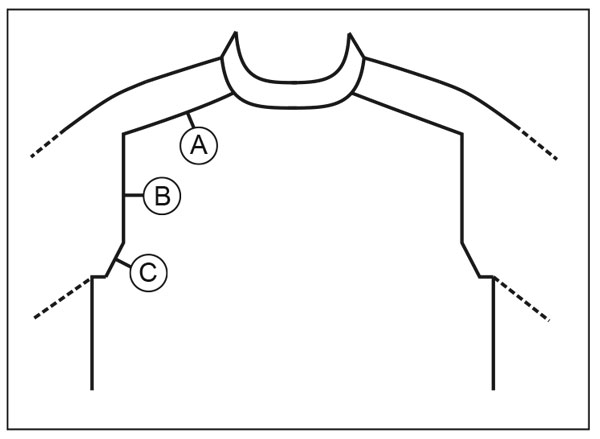 |
|||||||||||||
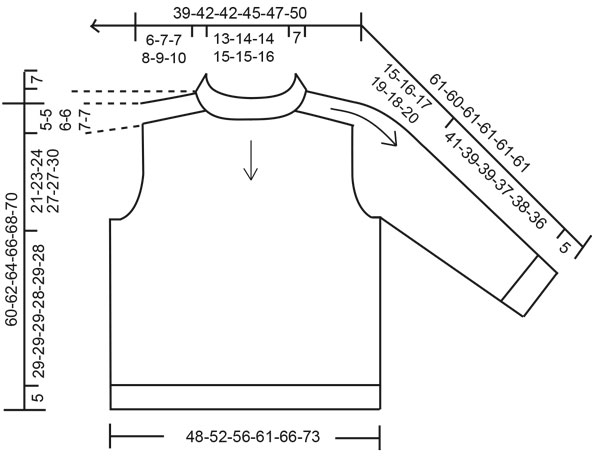 |
|||||||||||||
Have you finished this pattern?Tag your pictures with #dropspattern #urbanforestsweater or submit them to the #dropsfan gallery. Do you need help with this pattern?You'll find 27 tutorial videos, a Comments/Questions area and more by visiting the pattern on garnstudio.com. © 1982-2025 DROPS Design A/S. We reserve all rights. This document, including all its sub-sections, has copyrights. Read more about what you can do with our patterns at the bottom of each pattern on our site. |
|||||||||||||







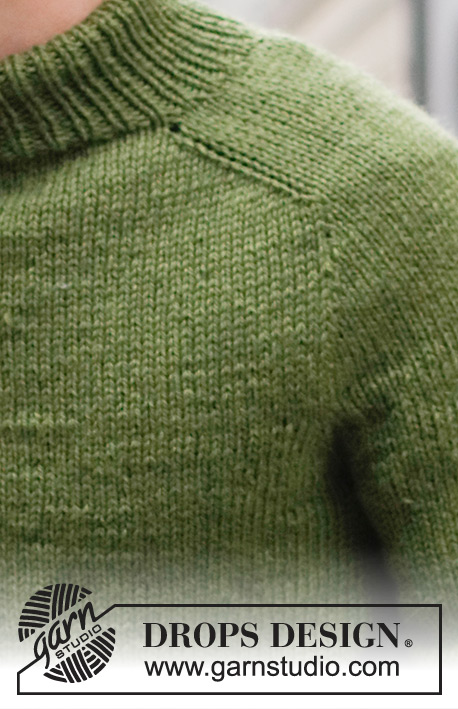

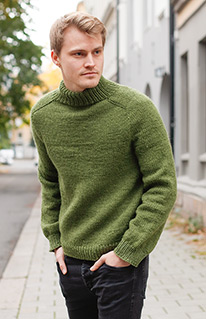
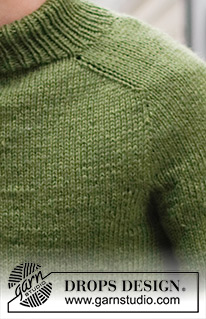





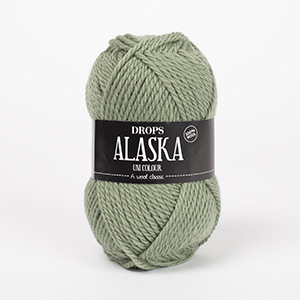
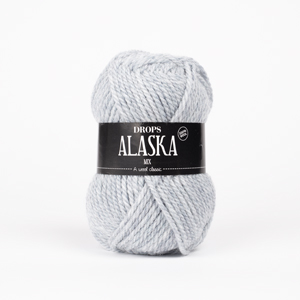


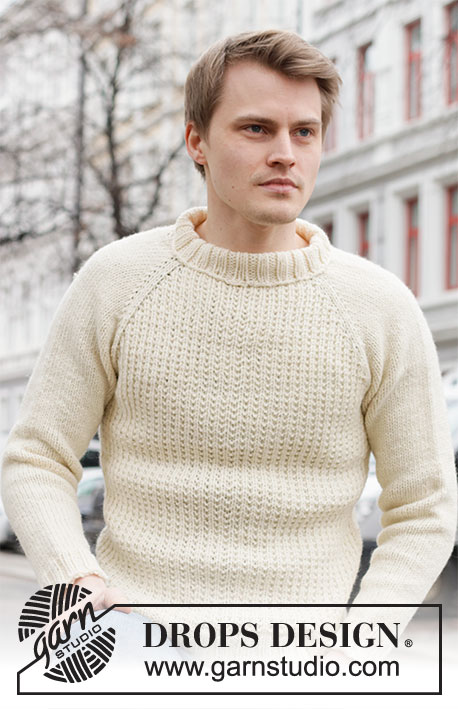

















































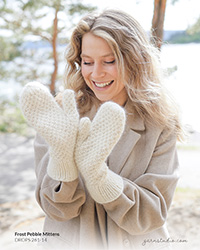

Post a comment to pattern DROPS 219-16
We would love to hear what you have to say about this pattern!
If you want to leave a question, please make sure you select the correct category in the form below, to speed up the answering process. Required fields are marked *.